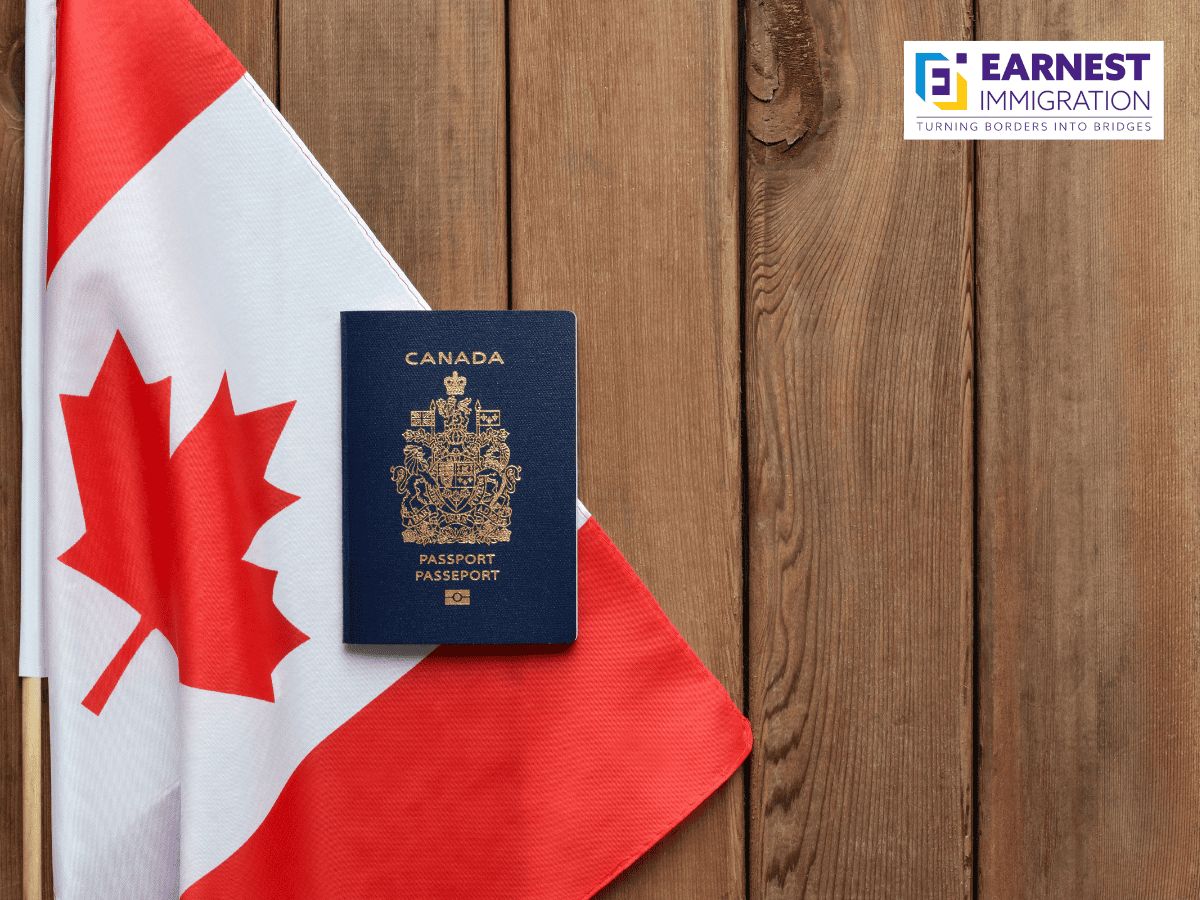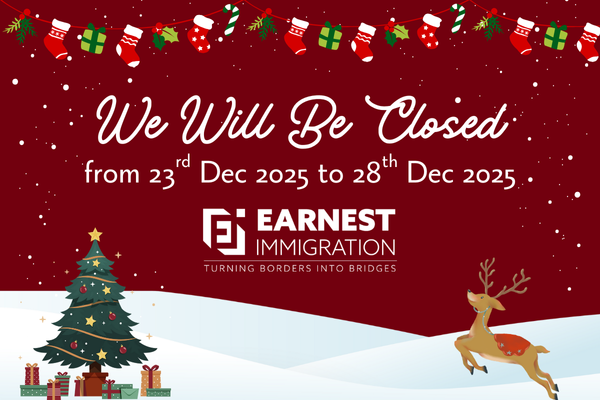At Earnest Immigration, we’ve had the privilege of helping countless individuals on their journey to becoming Canadian citizens. One of the most significant milestones in this process is the citizenship ceremony, a meaningful event where new Canadians officially receive their status. In this article, we’ll explore the four types of citizenship ceremonies to help you understand what to expect on your special day.
Whether you are based in Windsor, Toronto, or elsewhere in Canada, knowing the differences between these ceremonies will help you prepare. We’ve included tables to make understanding the details easier.
Table of Contents
ToggleWhat Happens During a Canadian Citizenship Ceremony?
Before exploring the types of citizenship ceremonies, here’s an overview of the key steps that occur during any Canadian citizenship ceremony:
| Ceremony Steps | Description |
| Oath of Citizenship | You publicly declare your loyalty to Canada by repeating the Oath of Citizenship in English or French. |
| Receiving Citizenship Certificate | Official document certifying you as a Canadian citizen. |
| Signing the Oath Form | A formal record of your participation in the ceremony. |
| Singing the National Anthem | Sing the bilingual version of “O Canada” in English and French. |
A citizenship judge or official presides over the ceremony, and participants may either swear the oath on a religious text or affirm it without any religious references.
Types of Canadian Citizenship Ceremonies
Canada offers four types of citizenship ceremonies to accommodate different preferences and circumstances:
| Type of Ceremony | Setting | Key Features |
| Standard Ceremony | In-person or online | Basic ceremony held in local IRCC offices or via video conference. |
| Enhanced Ceremony | In-person | Includes special guests, external partners, and cultural performances. |
| Private Ceremony | In-person or online | Closed ceremony for specific individuals, such as terminally ill applicants or those with special grants. |
| Reaffirmation Ceremony | Community-based, in-person | Open to all Canadians to reaffirm their loyalty by repeating the Oath of Citizenship. |
Let’s look at each ceremony type in more detail.
1. Standard Citizenship Ceremonies
A standard citizenship ceremony is the most common and can be held either in person or online.
| Format | In-Person Ceremony | Online Ceremony |
| Venue | IRCC office or alternate venue | Video conferencing via approved software |
| Participants | Multiple participants take the oath together | Same as in-person but virtual |
| Special Elements | Children may be invited to sing the anthem, officials may attend | None or optional congratulatory messages |
While termed “standard,” these ceremonies are meaningful and often include special moments, such as the participation of local officials, though this doesn’t classify them as enhanced ceremonies.
2. Enhanced Citizenship Ceremonies
Enhanced citizenship ceremonies offer an elevated experience through partnerships with external organizations, special guest appearances, and cultural performances.
| Features | Examples |
| External Partners | Non-profit organizations, educational institutions, or government agencies like Parks Canada. |
| Special Guests | High-ranking officials such as the Prime Minister, Governor General, or special performers (e.g., poets). |
| Cultural Performances | Indigenous dancers, singers, or performers contributing to the ceremony. |
| Receptions | In-person ceremonies may conclude with a formal reception for attendees. |
Enhanced ceremonies provide a memorable experience, often involving media coverage and prominent public figures.
3. Private Citizenship Ceremonies
A private citizenship ceremony is a more intimate affair, reserved for specific circumstances.
| Reason for Private Ceremony | Description |
| Special Grant (Citizenship Act Section 5(4)) | Awarded for special cases under Canadian law. |
| Terminally Ill Candidates | Individuals who are unable to attend a standard ceremony due to health conditions. |
| Other Urgent Circumstances | Other urgent or extenuating circumstances that prevent attending a standard ceremony. |
Private ceremonies offer a more personalized experience for individuals or families who require special accommodations.
4. Reaffirmation Ceremonies
Unlike other ceremonies, reaffirmation ceremonies allow all Canadians to reaffirm their loyalty to the country by reciting the Oath of Citizenship again.
| Who Can Participate? | Where Can It Be Held? |
| Any Canadian who wishes to reaffirm their citizenship | Community centers, schools, workplaces, or any public gathering space. |
These ceremonies can be organized by anyone in the community, making them an accessible way to renew commitment to Canada.
Why the Citizenship Ceremony is Important
For newcomers, the citizenship ceremony is not just a formality but a profound declaration of belonging to Canada. It is the final step in the Canadian immigration journey and a reflection of Canada’s inclusive society, welcoming people from all walks of life.
At Earnest Immigration, we understand the significance of the citizenship ceremony in the lives of our clients. Whether you’re preparing for a standard, enhanced, private, or reaffirmation ceremony, this is a day you will cherish for a lifetime. If you’re ready to begin your citizenship journey or have any questions, contact us for expert guidance.







